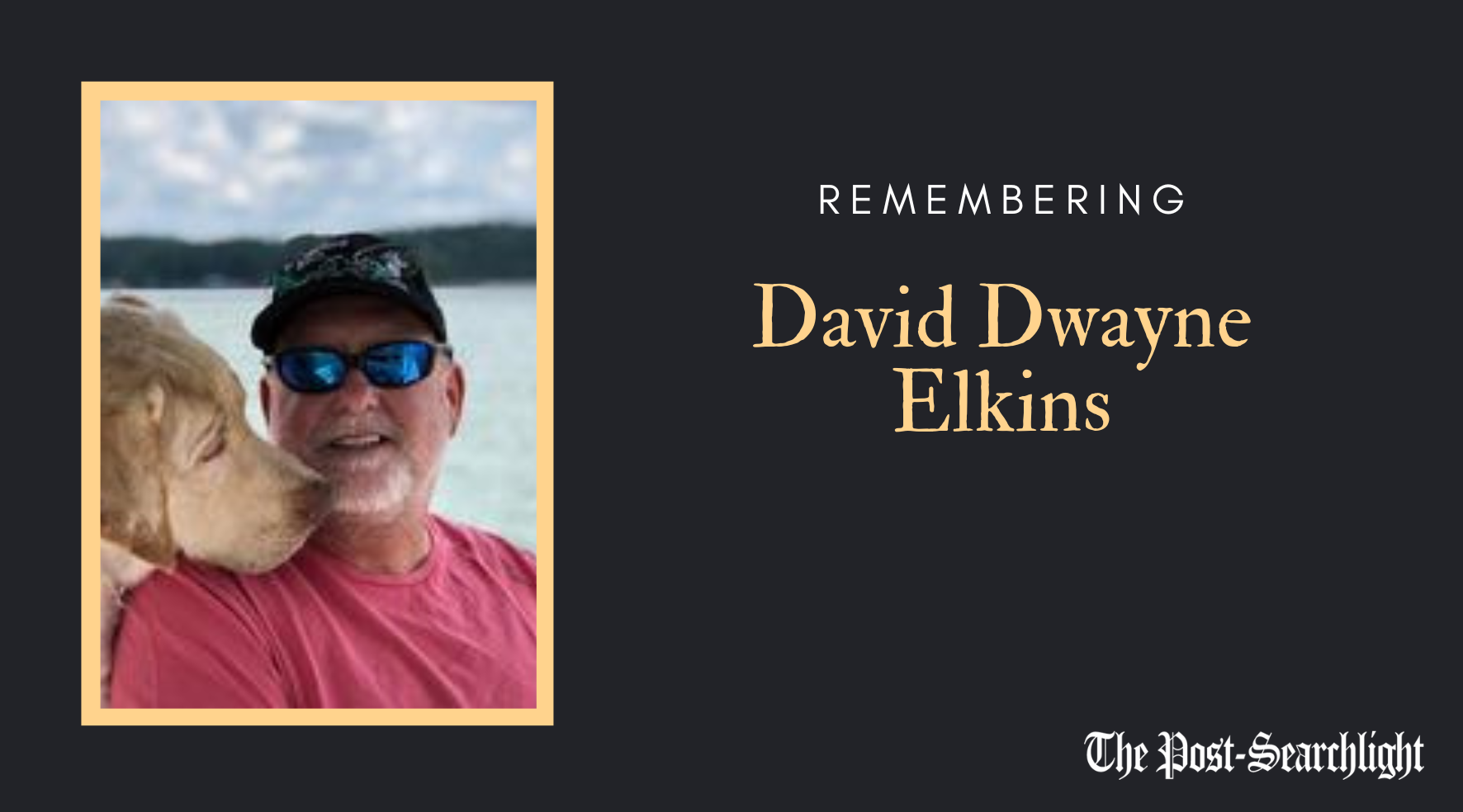Rotary hears about Jones Ecological Center
Published 4:33 pm Tuesday, May 29, 2018
Dr. Kier Klepzig, director of Joseph W. Jones Ecological Center, was the guest speaker at Rotary this week. He began with a brief history of how the 30,000 acre site was purchased through 17 real estate transactions by Robert W. Woodruff, CEO of the Coca Cola Company.
Woodruff wanted a place where he could get away and entertain his friends with quail and deer hunts. He named the place Ichauway, an Indian name meaning, “Where the deer sleep.”
Woodruff, described as a very private person who preferred to remain anonymous, actually left a foundation of $3.2 billion that makes donations to medical and environmental organizations, and left $10 million to the Jones Ecological Center. It was named after Joseph W. Jones, a friend of Woodruff and right hand man at Coca Cola.
Trending
The result has been a state of the art research center that works to protect wild life and the working forest of long leaf pine.
The center has 84 fulltime employees and 20 graduate students who study plant diversity and insects as well as maintaining agricultural fields to feed the quail and deer.
There are 300 miles of roads to be maintained and two waterways, including 13 miles of the Flint River on or bordering the property.
Klepzig spoke of the practice of burning 12,500 acres of forest each year, alternating the plots. He explained the necessity of doing the controlled burns in order to maintain the longleaf pines. “There would be no longleaf regeneration without the fire,” he explained. “It needs bare ground to germinate as do the large diversity of plants that also depend on the fire.” He stated there were 1100 species of flowers within the center, the most diverse system in the U.S.
He also spoke of the organisms, or wildlife such as gopher tortoise, that live there.
Part of the mission statement of the center is “to understand, demonstrate and promote excellence in natural resource management.”
Trending
Klepzig went on to explain how to define the impact made by the center, looking at the ways they measure or calculate their success. A book describing the first 25 years has been published. They also look at how what they do influences how people behave, how many acres are being managed the way they want it. They look at the tipping point or paradigm shift when a group begins to practice a scientific discipline.
He cited several famous quotations, but ended with one attributed to Jane Goodall. “What you do makes a difference and you have to decide what kind of difference you want to make.”






